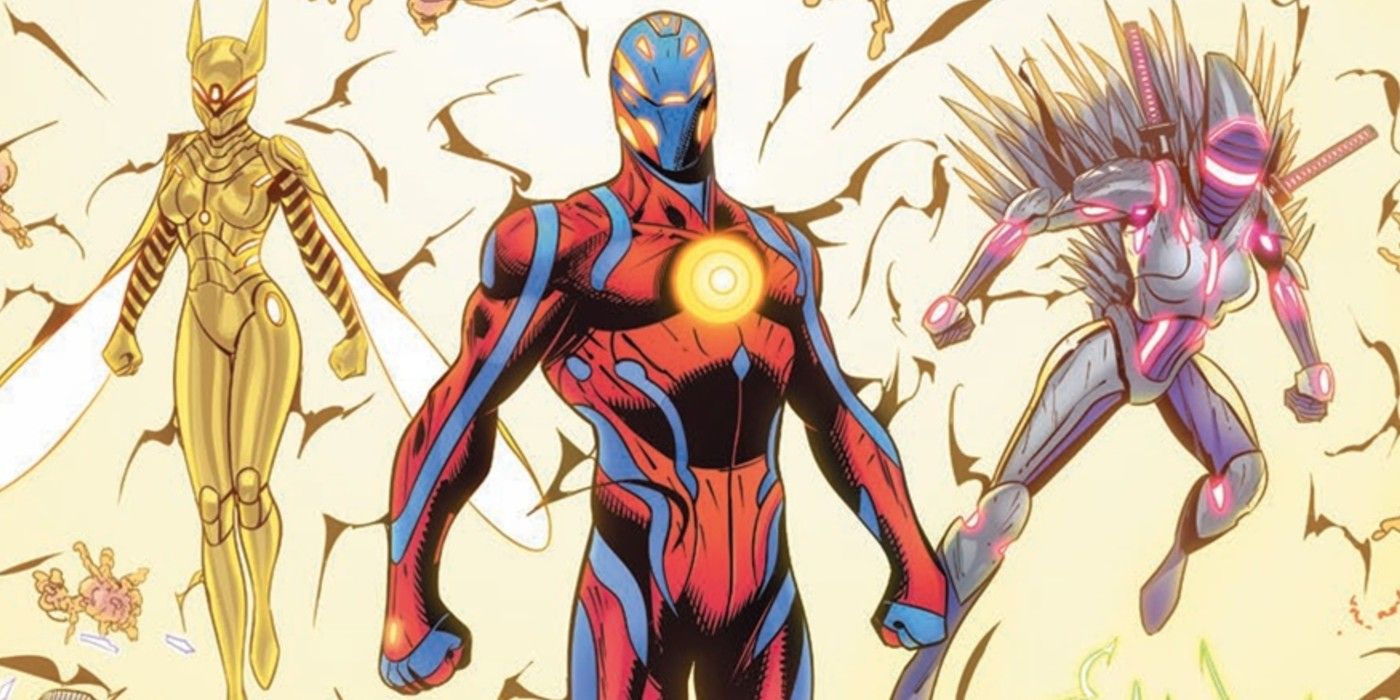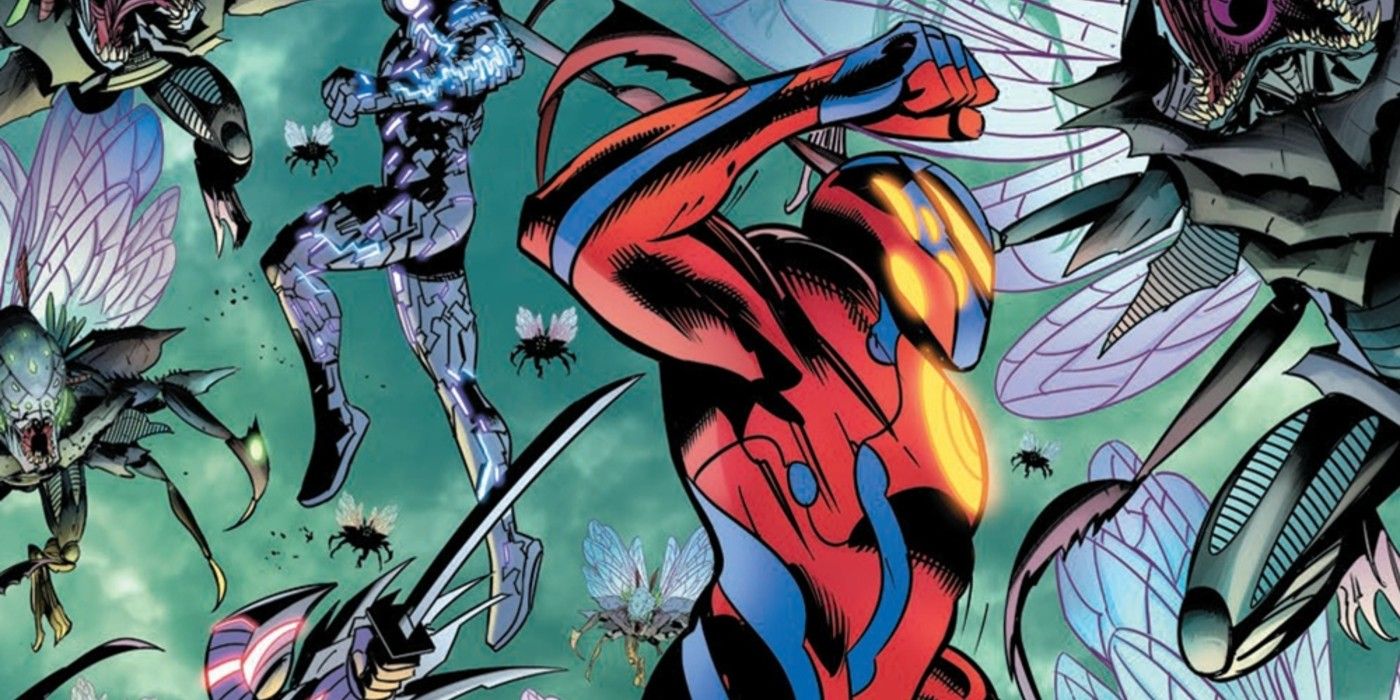Warning: contains spoilers for We Live #5
What makes We Live's method of introducing new heroes more effective than DC and Marvel's past attempts is how unexpected it is. We Live was strictly a post-apocalyptic tale with a more existential twist than most, which, most importantly, had nothing remotely to do with superheroes. Nothing suggested that the first five issues would serve as an epic prologue to a new age of heroes, yet, that's exactly what it was.
Now referred to as season one, the first five issues of We Live by writer Roy Miranda and artist Inaki Miranda documents the days leading to the end of the world where only a select few children would be saved to herald a new beginning for humanity in the stars. Mankind learned of their fate from a mysterious message that fell from the sky, warning them of their fate, but still providing a silver lining: A certain number of children who found alien bracelets scattered across Earth could be transported away to safety if they made it to one of nine beacons in time.
The majority of the story revolved around the harrowing journey of a boy named Hototo and his older sister Tala who faced numerous perils to reach their beacon. But what truly pulled on the heartstrings of every reader was the tragedy that only one of them would survive, as they only had one bracelet between them. This heart-wrenching realization was exacerbated by the fact that the older sister had initially found the bracelet herself, but, in a remarkable execution of selflessness for a girl her age, she gave it to her younger brother so that he could survive.
Against all odds, they finally reach their beacon in We Live #5, written by Roy Miranda and artist Inaki Miranda. But it soon becomes apparent that they might have been too late. In what can only be described as masterful storytelling, the moment when the situation could not be bleaker or more helpless, the shift happens. It is believed for an instant that the boy and all of the other children have missed the deadline and will suffer a most painful and inhumane death as their bodies cave in on themselves like a neutron star. But they then suddenly reappear, not as themselves, but as superheroes. It is the era of Palladions.
Following the closing scene, the creators of the comic, the Miranda brothers, share a statement that explains they wanted readers to experience these heroes' origin stories without knowing they were origin stories. "Without their humanity, superpowers wouldn't mean a thing to us. Their bond is the essence of this story. A superhero symbol needs to have real heart and meaning."
Ironically, DC Comics and Marvel will never be able to replicate this type of profoundly unique experience because readers will always know that what they're reading is related to superheroes. It's unfortunate because the Miranda brothers allowed readers to live vicariously through the characters sharing the same mindsets and unknowns. Like Tala and Hototo, readers didn't know that they were going to somehow become superheroes, allowing them to feel the same helplessness as Tala and Hototo did, and, in turn, later shock when they became superheroes. Like the Miranda brothers hoped, readers going into We Live's second season will be able to enter this brave new world truly understanding where Tala and Hototo came and experience as closely as possible what it's like to be a superhero.


